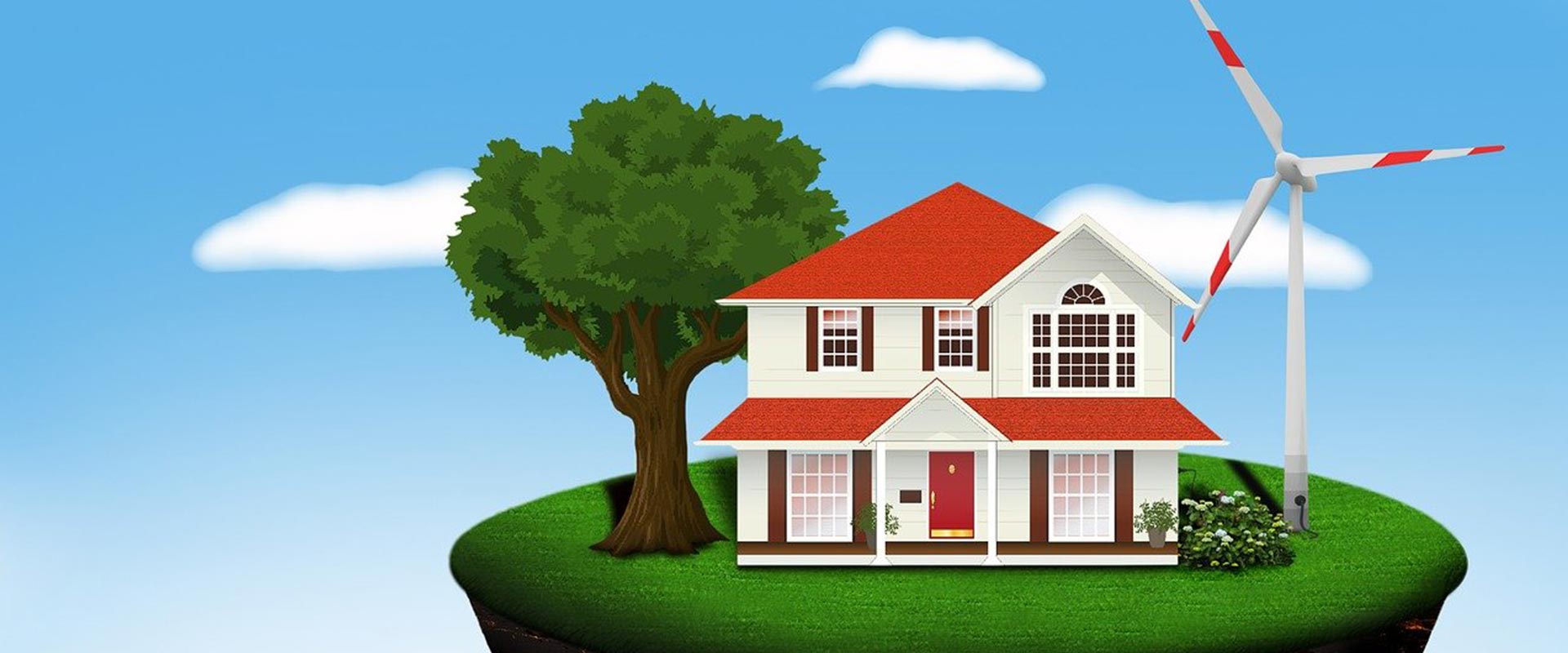
Transitioning to Green Energy: Top Tips for Homeowners
In an era marked by environmental concerns and a growing awareness of climate change, transitioning to green energy has become a vital step towards a sustainable future. As a homeowner, you have the power to make a significant impact by embracing renewable energy sources and minimizing your carbon footprint. Not only does this contribute to a healthier planet, but it can also lead to long-term financial savings. If you’re ready to take the plunge into green energy, here are some essential tips to guide you through the process.
Conduct a Home Energy Audit
Start your green energy journey by understanding your home’s energy consumption patterns. Conducting a home energy audit can help you identify areas where energy is being wasted, such as drafty windows, inefficient appliances, or inadequate insulation. This assessment will serve as the foundation for your transition plan, allowing you to prioritize improvements and track your progress over time.
Embrace Solar Power
Solar energy is one of the most accessible and reliable forms of renewable energy available to homeowners. Installing solar panels on your roof or in your yard can significantly reduce your reliance on fossil fuels. Before diving in, research local incentives, rebates, and financing options to make the transition more affordable. Additionally, consider the orientation and shading of your property to optimize solar panel placement for maximum efficiency.
Invest in Energy-Efficient Appliances
Transitioning to green energy extends beyond installing renewable energy systems. Upgrading to energy-efficient appliances, such as LED lighting, ENERGY STAR-rated devices, and smart thermostats, can significantly reduce your energy consumption. These upgrades may have an upfront cost but can result in substantial long-term savings.
Consider Geothermal Heating and Cooling
Geothermal systems utilize the Earth’s constant temperature to provide efficient heating and cooling for your home. While the initial investment can be higher, these systems are known for their energy efficiency and long-term reliability. They can also contribute to enhanced indoor air quality, making them a holistic choice for homeowners looking to transition to green energy.5
Educate Yourself on Energy Storage
Renewable energy sources like solar can be intermittent, depending on weather conditions. Energy storage solutions, such as home battery systems, allow you to store excess energy generated during peak production times and use it when needed. These systems not only increase your energy independence but also provide a backup power source during outages.
Monitor and Optimize Your Energy Usage
Invest in energy monitoring tools that track your energy consumption in real time. This awareness empowers you to make informed decisions about energy usage and identify areas for improvement. By being mindful of your energy consumption, you can adjust your habits and reduce waste.
Collaborate with Professionals
Consulting with renewable energy experts, contractors, and energy auditors can provide valuable insights into the best green energy options for your home. Professionals can guide you through the installation process, recommend suitable technologies, and help you navigate any regulatory requirements.
Transitioning to green energy as a homeowner is not only a responsible choice but a rewarding one. By embracing renewable energy sources and adopting energy-efficient practices, you’re contributing to a sustainable future while potentially lowering your energy bills. Remember, the journey to green energy is a step-by-step process, so start small and gradually incorporate more changes as you become more comfortable. With determination, education, and the right resources, you can make a significant positive impact on both your home and the environment.
